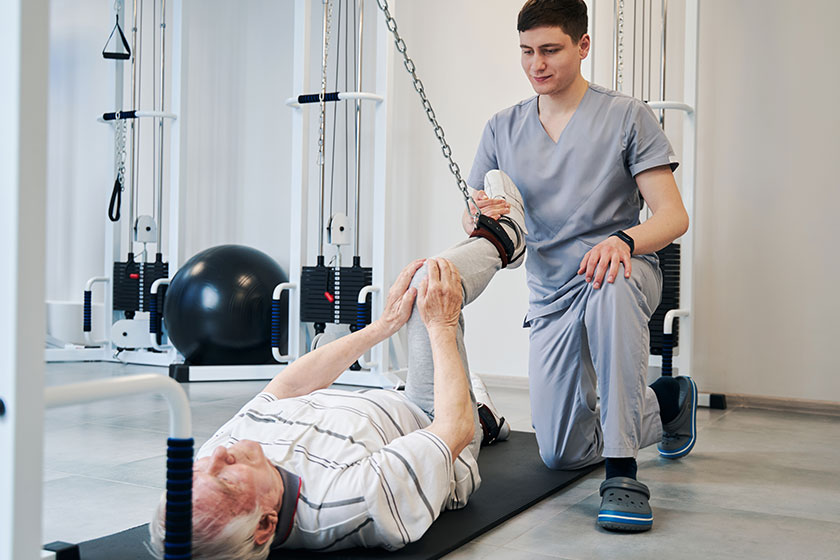Maintaining physical health is an important aspect of aging, and for many individuals, physical therapy in retirement communities plays a key role in staying active and independent. Physical therapy in a retirement community offers numerous benefits, from improving mobility to reducing pain, and helps individuals continue enjoying daily activities safely. Whether recovering from an injury or managing chronic conditions, physical therapy can make a significant difference in overall well-being.
Enhancing Mobility and Independence
One of the primary goals of physical therapy is to improve or maintain mobility. As individuals age, it’s common to experience joint stiffness, muscle weakness, or balance issues that make everyday movements more difficult. Physical therapy provides targeted exercises to help improve strength, balance, and flexibility, enabling individuals to move more easily.
Managing Pain and Discomfort
Chronic pain, whether from arthritis, injuries, or other health conditions, can greatly affect daily life. Physical therapy in a retirement community focuses on addressing pain through specific exercises and treatments designed to reduce discomfort. These treatments may include stretching, strengthening exercises, or manual therapy techniques that ease tension in the muscles and joints.
Supporting Recovery After Surgery or Injury
Recovery after surgery or an injury often requires special attention, and physical therapy is a vital part of that process. In a retirement community, residents who undergo surgeries such as hip or knee replacements, or who experience falls or fractures, benefit from personalized rehabilitation programs. These programs focus on gradually rebuilding strength and flexibility, helping individuals regain their mobility and return to their normal routines.
The recovery process can be slow, but having a structured plan through physical therapy ensures that progress is made safely. Regular check-ins with the therapist and adjustments to the program based on progress help prevent setbacks and ensure a smooth recovery.
Preventing Future Health Issues
Physical therapy is not only about recovering from injuries or managing existing conditions—it’s also a proactive way to prevent future health problems. Regular therapy sessions can help individuals maintain a healthy weight, improve posture, and strengthen muscles, which reduces the likelihood of falls or other injuries.
Promoting Mental and Emotional Well-Being
Physical therapy offers benefits beyond physical health. Exercise has been proven to boost mood, reduce anxiety, and improve sleep. Staying active through regular therapy sessions can provide a sense of accomplishment and enhance mental clarity.
Tailored Care for Individual Needs
Each person’s health needs are different, and physical therapy programs in a retirement community are designed to be flexible and personalized. Whether it’s a short-term rehabilitation plan following an injury or an ongoing program to manage a chronic condition, physical therapists work closely with individuals to develop care plans that suit their unique situation.
Physical therapy in retirement communities plays an essential role in helping individuals stay active, manage pain, and recover from injuries. Whether you’re looking to improve mobility or simply maintain your current level of health, physical therapy can offer the support and care you need to live a full and active life. If you’re curious about how physical therapy could benefit you or your loved one, we invite you to reach out to learn more and explore the options available.







